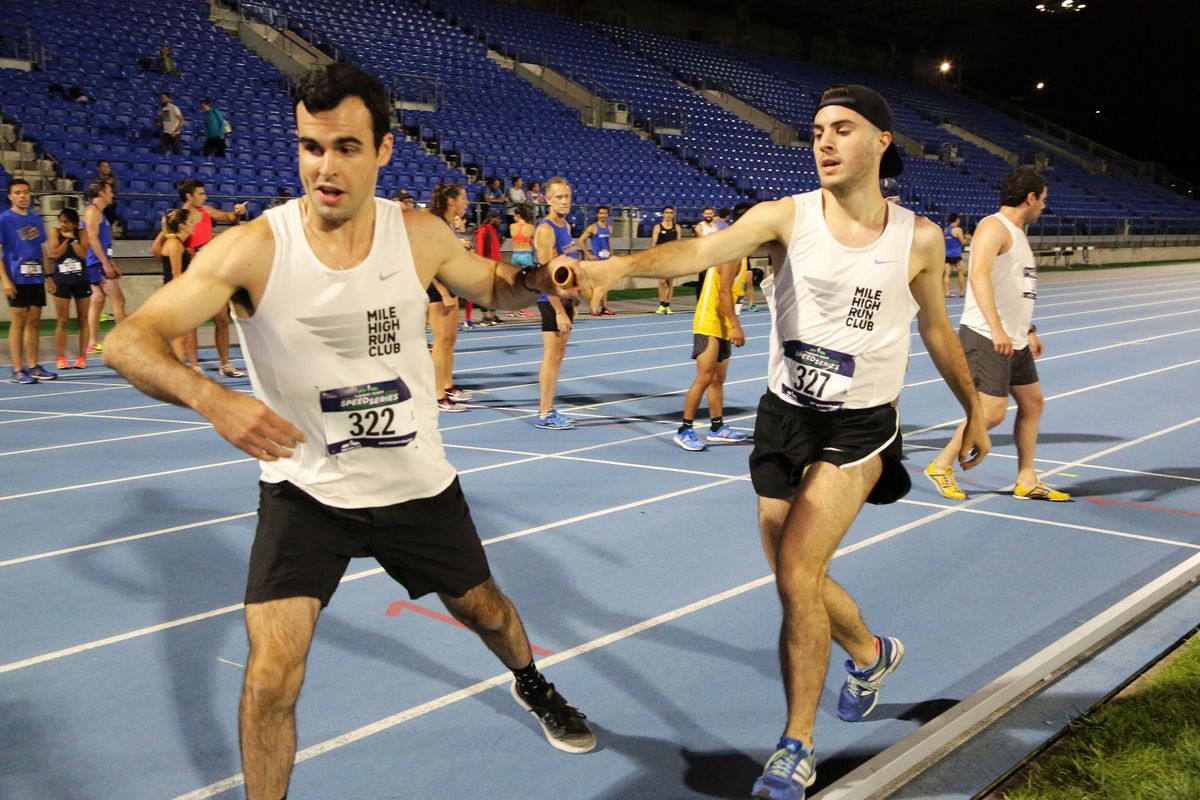We've all heard the term "runner's knee" thrown around--maybe at the track, during a group run, in a fitness class, or maybe in your doctor's office. This can be confusing because it's an umbrella term that includes a few different knee issues that all cause anterior (front) knee pain.
The most common diagnosis under the umbrella of runner's knee (and actually the most common running-related injury) is Patellofemoral pain syndrome (PFPS). This is pain at the kneecap caused by biomechanical, anatomical, and activity-related factors. There has been a lot of research over the years on exactly what contributes to patellofemoral pain, resulting in a ton of possible variables.
Fortunately, a systematic review was published analyzing what biomechanical variables are most strongly correlated with PFPS as well as what treatments are proven to be helpful. A systematic review looks at all the studies conducted on a topic and determines criteria required for the study to be included in the review— so that the studies are similar enough to use combined data. The quality of each study is determined as well and taken into account.
This review found the following variables were strongly associated with PFPS:
1) Increased peak hip adduction angle
Translation: When your femur (thigh bone) dives to the midline of you body - this is thought to change the angle of your
kneecap gliding on your femur.
2) Increased peak hip internal rotation and contralateral hip drop
Translation: The contralateral hip drop is when you land on your right leg and see your left hip dip down, or vis versa. This is most often due to weak and/or poor gluteal muscle stabilization. Increased peak hip internal rotation is when your femur rotates inward more than it should, again potentially changing the angle of your kneecap gliding on your femur as well as the forces acting upon it.
3) Delayed and shorter gluteus medius activation duration.
Translation: This is consistent with the “contralateral hip drop” variable - delayed and shorter gluteus medius activation results in decreased stability at the hip joint. The good news is that symptoms of pain and decreased function have been shown to improve with running retraining and strengthening combined with neuromuscular re-education (teaching the right muscles to turn on at the right time) of the appropriate muscles. Once it’s determined which of these variables could be contributing to your knee pain, learning how to fix your running mechanics in real time can make a huge difference in addressing your PFPS.
- Cathlin Fitzgerald, PT, DPT, CSCS, CAFS
- NY Custom PT & Performance
- 295 Madison Avenue #1026
- New York, NY 10017
- 212-682-786
- Neal BS Barton CJ Gallie R O’Halloran P Morrissey D. “Runners with patellofemoral pain have altered biomechanics which targeted interventions can modify: a systematic review and meta-analysis”. Gait & Posture. 2016; 45: 69-82.

